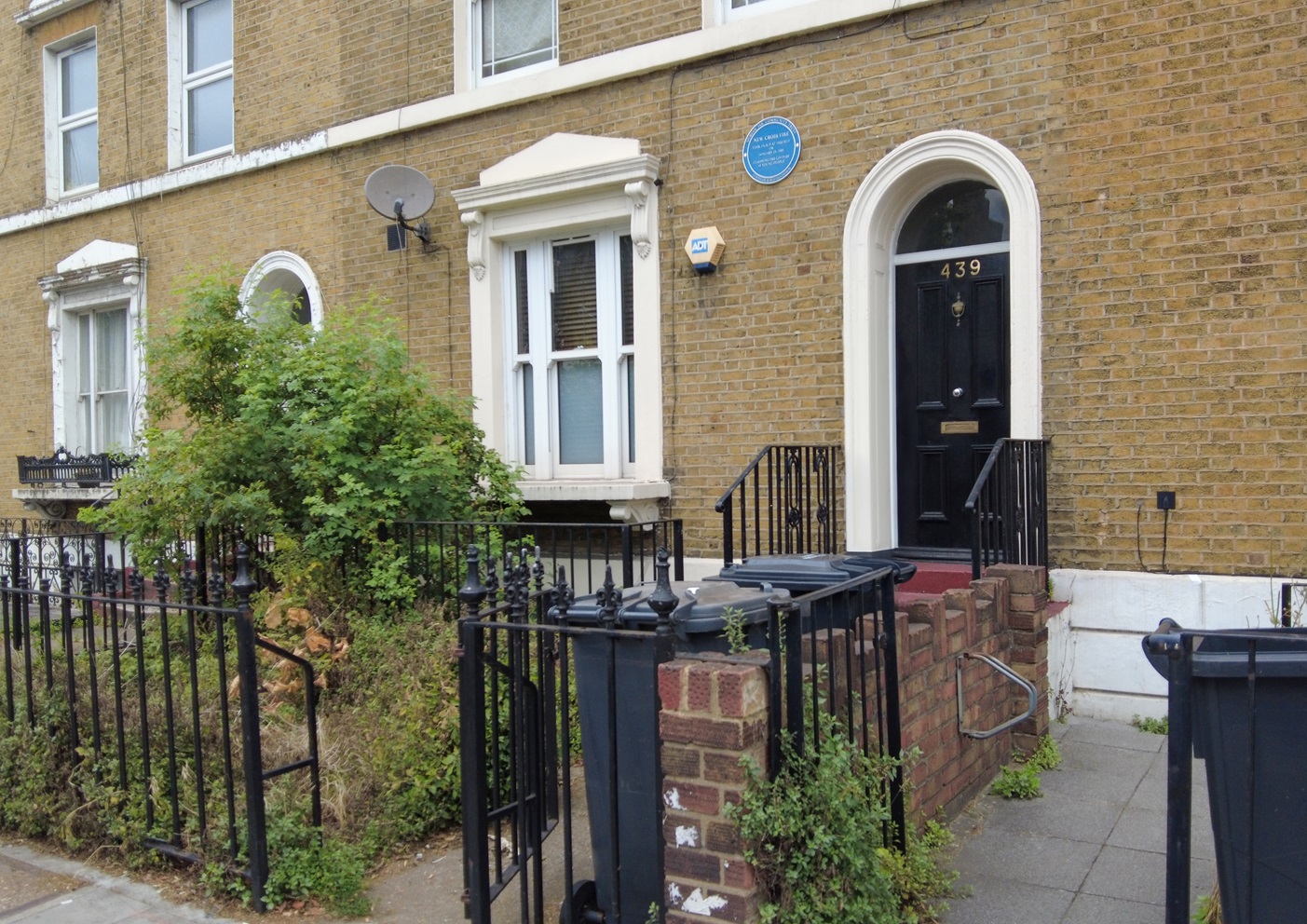
The biggest mistake they made was that they left that building intact... They cannot erase it as long as that building remains intact because people are always going to ask… So it worked in our favour.
- Mr Ruddock
On January 18, 1981, a fire at 439 New Cross Road, home of the Ruddock family, claimed the lives of thirteen young Black people, with the number rising to fourteen after the event. The fire began during a birthday party in the early hours of the morning with early reports and eyewitnesses suggesting it was an arson attack. In response to the massacre, the following Sunday, hundreds of black people marched to 439 New Cross Road, to face “the smoke-stained brickwork, charred window frames and galvanised doorway in a rare public expression of black grief”. The 13-day inquest that followed returned an open verdict which the victims' families rejected. Although a new inquest was initially approved, the High Court ultimately denied it in 1985, and the case was officially closed.
A few months after the fire, with help from organisers like Sybil Phoenix the Black People’s Day of Action saw 15,000 march in solidarity with the victims’ families. The demonstration was the largest Black protest in Britain, showing solidarity with the victims and their families. As Joan Anim-Addo reflected, these events highlighted the persistent racism and the powerful community resistance against it.
In the aftermath, the Ruddock family campaigned for the house to be demolished and repurposed as a dance studio so that no one would live in the space where the young people had died. Initially, when it remained in residential use, the Ruddocks felt disrespected and undervalued, the dismissal of their wishes showed a lack of compassion for the Black community, as though the house was left up to have a dehumanising impact, reminding the community of how they were murdered. But as time has gone on 439 New Cross Road has become “a symbol of remembrance and empowerment”. In an act separate from the Ruddocks, the Nubian Jak Community Trust, who believed the building and events of the night should be remembered, had a Blue plaque added to the facade which remains today. Now the Ruddocks, like many members of the local black community, regard the building as a living memorial, its history cannot be erased and they would like it to be turned into a museum.